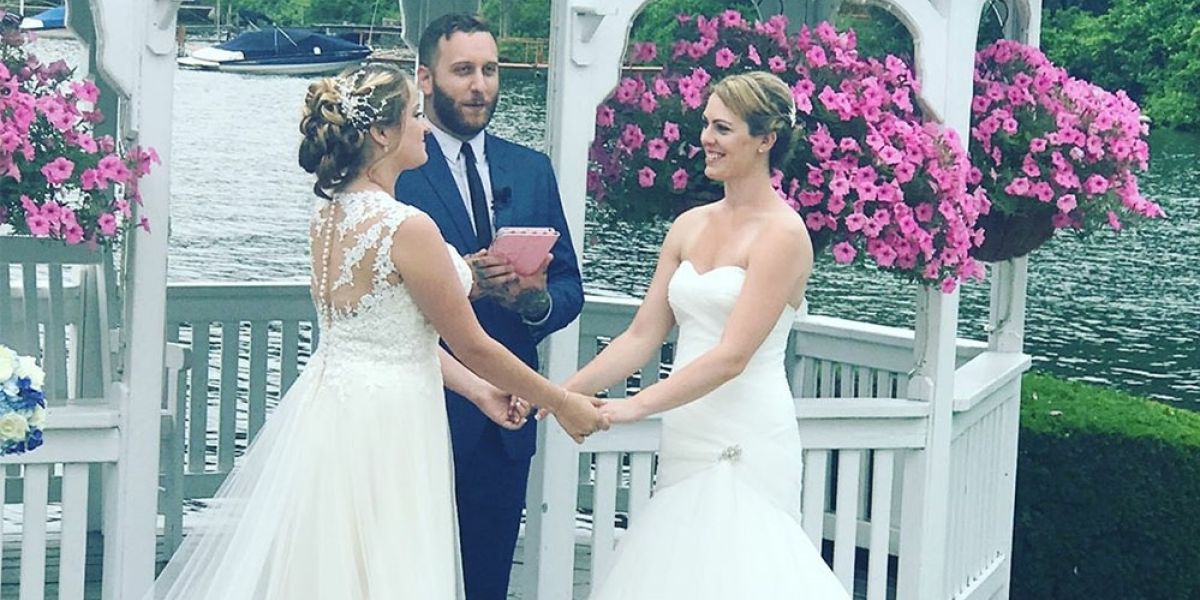Same-sex marriage has been one of the most transformative and emotional issues in American civil rights history. In Oregon, the path to marriage equality has been long, winding, and shaped by both passionate activism and landmark court decisions.
As of today, same-sex marriage is fully legal in the state of Oregon—but understanding how it got there requires looking back at a history marked by both progress and setbacks.
The Early Years: Restrictions and Setbacks
For many years, Oregon—like most states—did not legally recognize same-sex relationships. Before the turn of the 21st century, same-sex couples had no rights to marry, adopt, or receive spousal benefits under state law. In fact, the state’s constitution was amended in 2004 to specifically ban same-sex marriage.
This amendment, known as Measure 36, passed with 57% of the vote and defined marriage exclusively as a union between one man and one woman. It was a crushing blow for advocates of LGBTQ+ rights and seemed to cement the idea that legal marriage was out of reach for Oregon’s same-sex couples.
However, Measure 36 did not go unchallenged. Activists and advocacy groups immediately began organizing legal challenges and public awareness campaigns. The momentum for change was slow, but steadily built over the next decade.
Momentum Builds: Legal Challenges and Public Shifts
By the early 2010s, the tide was starting to turn. Across the U.S., court decisions were beginning to favor marriage equality. States such as Massachusetts, Iowa, and Washington had already taken steps to recognize same-sex marriages. Oregon’s LGBTQ+ community and their allies kept up the pressure, leading to a significant court case that would shift the state’s legal landscape.
In 2013, multiple lawsuits were filed in federal court challenging the constitutionality of Oregon’s same-sex marriage ban. These lawsuits argued that denying marriage rights to same-sex couples violated the Equal Protection and Due Process clauses of the U.S. Constitution.
Rather than defend the ban, Oregon Attorney General Ellen Rosenblum announced in 2014 that the state would no longer uphold Measure 36. She argued that the law was discriminatory and could not be legally justified. This marked a significant departure from prior administrations and aligned Oregon with a growing number of states refusing to defend anti-LGBTQ+ laws.
Marriage Equality Achieved: 2014 Court Ruling
On May 19, 2014, U.S. District Judge Michael McShane struck down Oregon’s ban on same-sex marriage in the case Geiger v. Kitzhaber. The ruling declared the 2004 constitutional amendment unconstitutional and allowed same-sex couples to begin marrying immediately.
Within hours of the ruling, county clerks across the state began issuing marriage licenses to same-sex couples. In Portland, couples lined up to marry, some of whom had been waiting decades for this moment. Oregon officially became the 18th U.S. state to legalize same-sex marriage.
This ruling made history—not only because it brought legal recognition to thousands of couples in Oregon, but because it contributed to the growing judicial consensus that would eventually lead to nationwide marriage equality.
Obergefell v. Hodges and Nationwide Legalization
Just one year later, in June 2015, the U.S. Supreme Court issued its landmark decision in Obergefell v. Hodges. The ruling made same-sex marriage legal across the United States, affirming the rights of all couples—regardless of gender—to marry.
For Oregon, this didn’t change much on a practical level since marriage equality had already been achieved in 2014. However, the Obergefell decision reinforced the legality of same-sex marriage and ensured that no future state law or ballot measure could reverse the rights gained by LGBTQ+ couples.
Current Status of Same-Sex Marriage in Oregon
As of 2025, same-sex marriage is fully legal and recognized in Oregon. Same-sex couples have all the same rights and responsibilities as opposite-sex couples under both state and federal law. This includes the right to adopt children, file joint taxes, access healthcare benefits, and make medical decisions for a spouse.
Marriage licenses are issued without regard to gender, and all state forms and legal documents have been updated to reflect this inclusivity.
Additionally, Oregon has strong anti-discrimination laws protecting LGBTQ+ individuals in employment, housing, and public services—further reinforcing its reputation as one of the most progressive states in the country when it comes to LGBTQ+ rights.
Challenges Ahead and Ongoing Advocacy
While marriage equality is now the law of the land, advocates continue to push for broader protections. Issues such as transgender rights, healthcare access, and protections for LGBTQ+ youth remain central to the ongoing fight for equality.
In a time where national conversations continue to include attempts to roll back civil rights protections, Oregon stands as a reminder that progress is possible—but must be defended.
Conclusion
Oregon’s path to marriage equality was not swift, but it was steadfast. From the days of Measure 36 to the celebrations in Portland courthouses, the journey reflects a broader national struggle for dignity, justice, and love. Today, same-sex couples in Oregon can marry freely, supported by the law and embraced by a more inclusive society.
Still, the road to equality is ongoing, and the story of same-sex marriage in Oregon is a powerful chapter in the larger narrative of human rights—a reminder that change is always possible when communities rise together for what is right.




